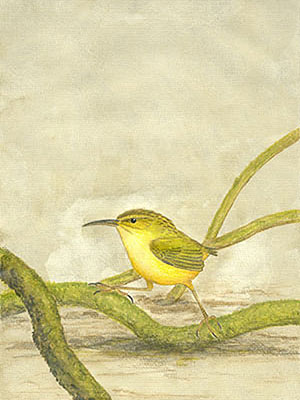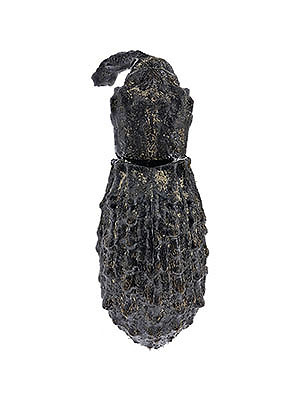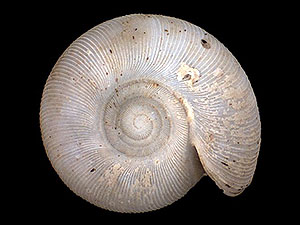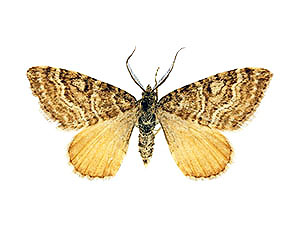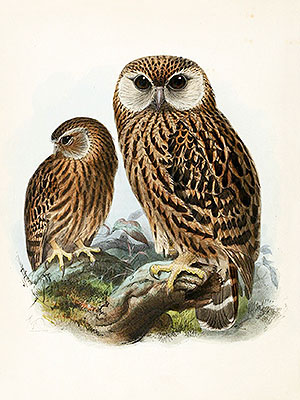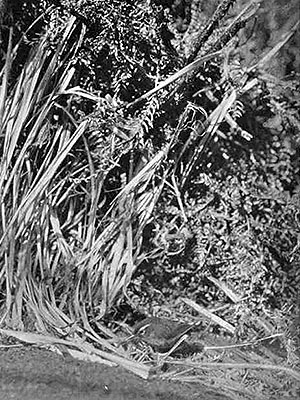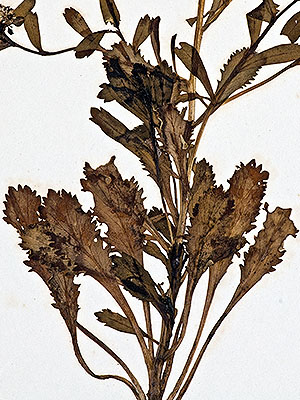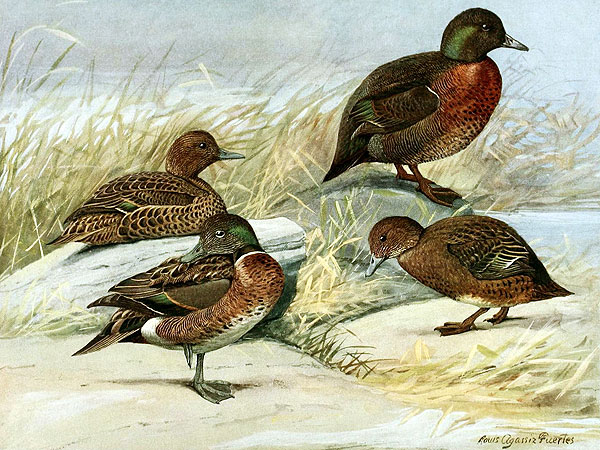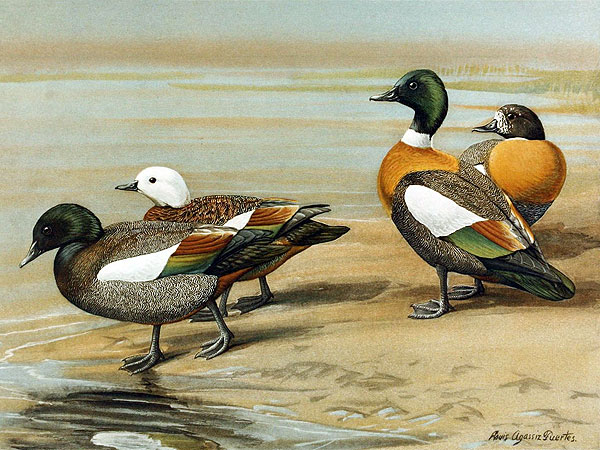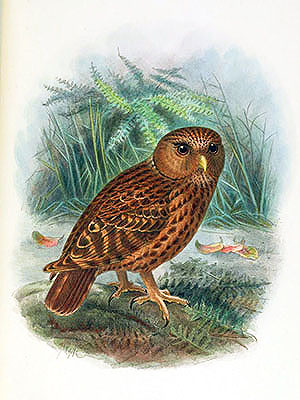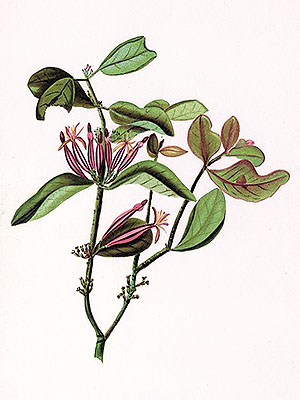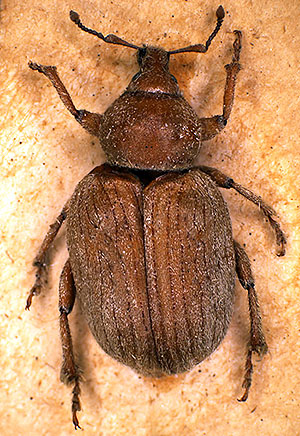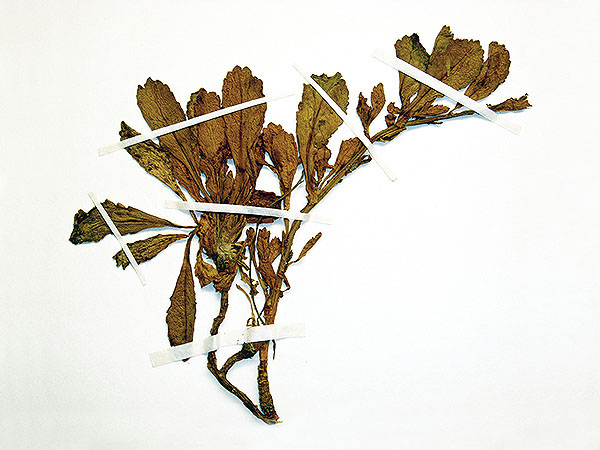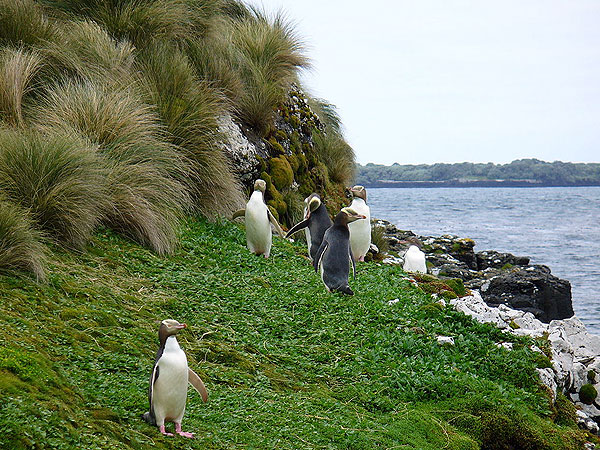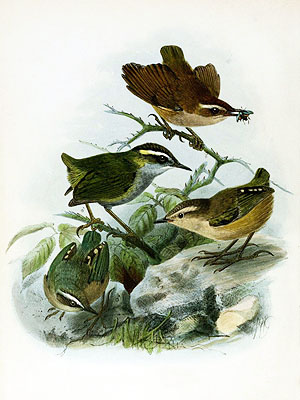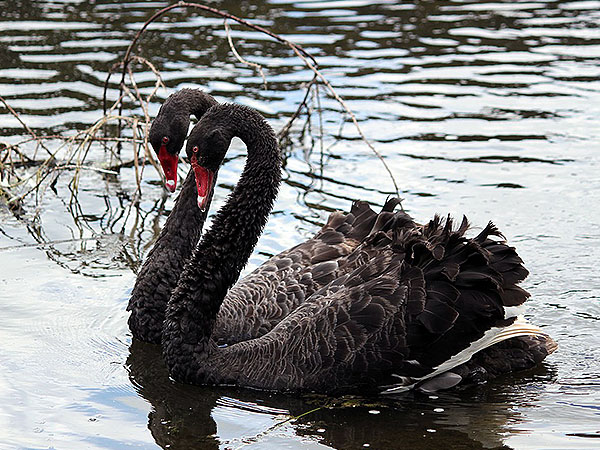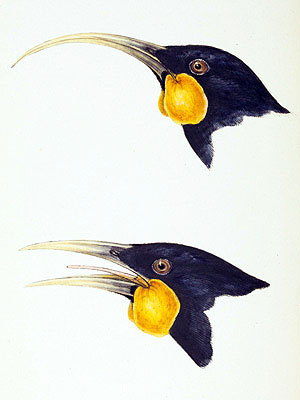Van Diemen Flax Snail (Maoristylus ambagiosus ssp. priscus)
The Van Diemen Flax snail was described in 1938 based on subfossil specimens.
This form is known from several disjunct populations: “Cape Maria van Diemen (Mainland) about three-quarters of a mile east of worthyi type locality in consolidated dunes (type); many former colonies on south and eastern slopes of Herangi, – 700 feet, down to Te Werahi Stream and Swamp; Twilight Beach between Cape Maria van Diemen and Scott’s Point …; one mile south of Te Paki Stream and one-quarter mile inland in consolidated dunes ….” [1]
Like most other now extinct populations, also this one died out at the end of the Pleistocene/beginning of the Holocene caused by natural reasons.
***
The photo below is thought to show this form.
***
syn. Placostylus ambagiosus ssp. priscus (Powell)
*********************
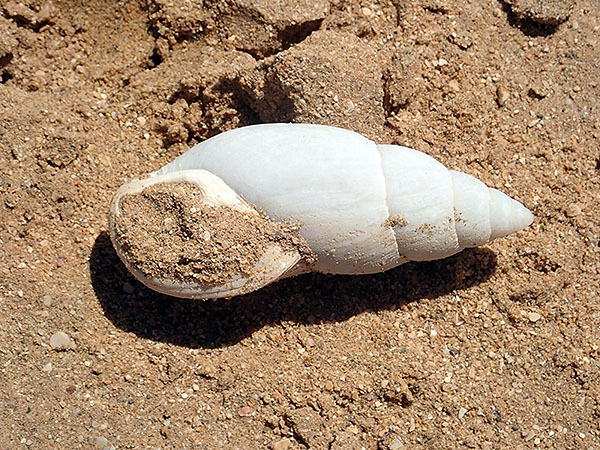
https://www.inaturalist.org/people/indeynz
https://creativecommons.org/licenses/by-nc/4.0/
*********************
References:
[1] A. W. B. Powell: On further colonies of Placostylus land snails from northernmost New Zealand. Records of the Auckland Institute and Museum 4(2): 134-140. 1951
*********************
edited: 06.02.2024

